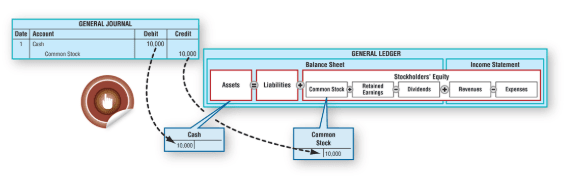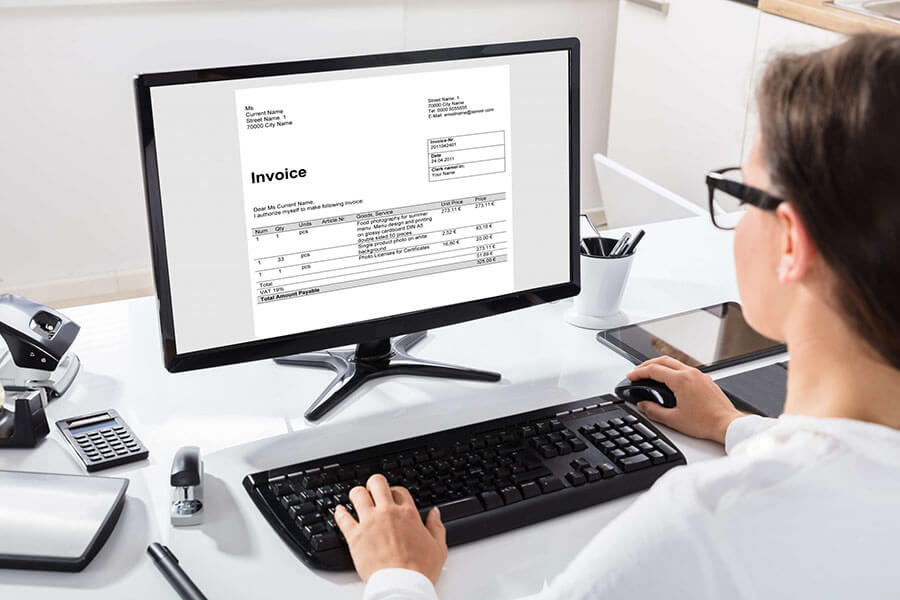
The answer will depend upon both the firm being analyzed and how far into thefuture working capital is being projected. For firms where inventory andaccounts receivable behave in very different ways as revenues grow, it clearlymakes sense to break down into detail. The cost, of course, is that itincreases the number of inputs needed to value a firm. In addition, the payoffto breaking working capital down into individual items will become changes in net working capital smaller aswe go further into the future.
How Tariffs Could Affect Your Business
She can use this extra liquidity to grow the business or branch out into additional apparel niches. If a company can’t meet its current obligations with current assets, it will be forced to use it’s long-term assets, or income producing assets, to pay off its current obligations. This can lead decreased operations, sales, and may even be balance sheet an indicator of more severe organizational and financial problems. The most common examples of operating current assets include accounts receivable (A/R), inventory, and prepaid expenses. For example, consider a manufacturing company facing challenges in collecting receivables from customers, leading to a significant increase in A/R.
- The net working capital (NWC) is the difference between the total operating current assets and operating current liabilities.
- Therefore, it gives a more comprehensive picture of a business’s financial health.
- For instance, operating activities impact assets and liabilities directly.
- Watch out, though, for the challenges that can arise when managing working capital.
- The ideal position is to have more current assets than current liabilities and thus have a positive net working capital balance.
- In our experience, when the increase in current NWC is very high, it can indicate an underutilization of resources.
Cash

The purchasing department may decide to reduce its unit costs by purchasing in larger volumes. The larger Insurance Accounting volumes increase the investment in inventory, which is a use of cash. Centralized system to streamline payments, ensuring smoother working capital operations.
- The formula to calculate working capital—at its simplest—equals the difference between current assets and current liabilities.
- More established companies may choose to do quarterly or yearly calculations.
- A company with a negative net WC that has continual improvement year over year could be viewed as a more stable business than one with a positive net WC and a downward trend year over year.
- This value can be positive or negative, depending on the condition of the business.
- At Allianz Trade, we are strongly committed to fairness for all without discrimination, among our own people and in our many relationships with those outside our business.
Accounts

Based on the computed NWC figures, the current operating liabilities of the company exceed the current operating assets. If a company’s change in NWC increased year-over-year (YoY), a negative sign is placed in front to reflect that the company’s free cash flow (FCF) is reduced because more cash is tied up in operations. If a company’s net working capital is positive, it signifies that it has enough assets to cover its short-term debts, indicating financial stability. Changes in Net Working Capital is a crucial finance term as it measures a company’s operational liquidity, efficiency, and short-term financial health. The negative changes in working capital tell us Hormel uses its current cash flow to grow the assets, either buying more inventory or extending its receivables to receive better pricing on its inventories.

Everything You Need To Master Financial Modeling
If a company sells merchandise for $50,000 that was in inventory at a cost of $30,000, the company’s current assets will increase by $20,000. If no other expenses are incurred, working capital will increase by $20,000. This value can be positive or negative, depending on the condition of the business. If it is positive, implying more of assets than liabilities, it is good for the company, since it has more funds to pay off its current debts. The net working capital (NWC) is the difference between the total operating current assets and operating current liabilities. If changes in working capital are positive, the change in current operating liabilities will increase more than the part of the current assets.


It is calculated by subtracting the net working capital of the earlier period from that of the later period. Below is a break down of subject weightings in the FMVA® financial analyst program. As you can see there is a heavy focus on financial modeling, finance, Excel, business valuation, budgeting/forecasting, PowerPoint presentations, accounting and business strategy. Current assets are any assets that can be converted to cash in 12 months or less. In our hypothetical scenario, we’re looking at a company with the following balance sheet data (Year 0).
